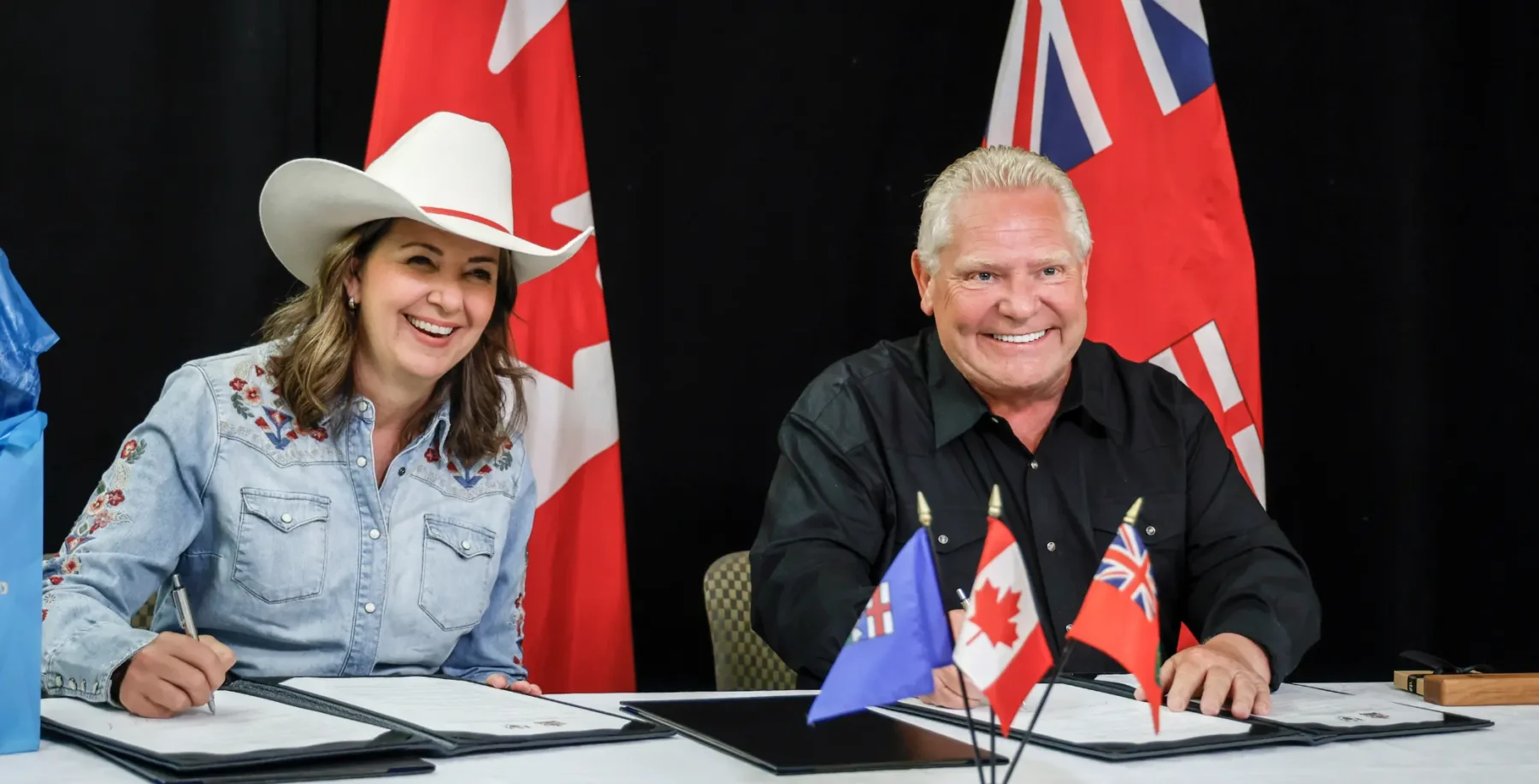
The freak, tornado-laced storms that rolled through the GTA Thursday is nature’s way of telling us something’s wrong.
We’re living on borrowed time. How long before a twister (maybe even a hurricane – remember Hazel?) lands smack dab in our lap. Will we be ready? More importantly, will Environment Canada be ready?
After Thursday’s performance, who knows. Fair warning of the possibility of tornadoes was slow in coming from government forecasters, despite the fact the same weather system had cut a swath of destruction through the U.S. Midwest the day before.
The Weather Network, which is supposed to be on top of these things, didn’t actually issue a tornado warning for the Toronto area until the threat was imminent. Black clouds and lightening were already unleashing their fury on the city. Meanwhile, some radio stations and CP24, had issued tornado warnings some 40 minutes earlier. What gives?
When it comes to severe storm warnings, notice all too often fails to reach those most affected in time. The Globe is reporting word of twisters didn’t get to emergency services in Durham, where an 11-year-old was killed, even though a warning was issued some 30 minutes earlier.
Predicting weather, we’re told, is an inexact science, but it shouldn’t be anymore.
Weather data collected by national meteorological services around the globe, including satellite data, is shared freely among nations. Advances in hardware and software technology has improved computer modeling techniques. We live next to the country with the most advanced weather monitoring equipment in the world.
Perhaps the lesson in Thursday’s short notice is that there is no predicting what the heavens will bring in the new era of global warming.
The federal government, though, deserves some blame for shortcomings in Environment Canada‘s severe weather monitoring system.
Track back to the mid-1990s, when a federal government review of Environment Canada resulted in reduced funding and the closure of 56 weather offices.
Not surprisingly, the department’s ability to predict and track severe weather systems has suffered as a result.
A recent report of the federal environment commissioner says Environment Canada “has not adequately managed its weather observation networks, including radar and surface stations, to ensure that it can continue to provide the necessary data to issue and verify severe weather warnings.”
It gets worse. According to the report, Environment Canada “does not have an up-to-date long-term strategy for… ensuring that it can continue to deliver timely and accurate severe weather warnings in the future.”
In 2003, Environment Canada embarked on a five-year plan to upgrade its weather monitoring equipment because of increasing breakdowns and failures. The department received $25 million over five years to upgrade equipment.
But by 2008, only a little more than a third, 38 per cent, of weather stations identified for closure had been mothballed. Environment Canada could also not account for a “significant” amount of the funds allocated to improve monitoring systems.
Mocking Environment Canada’s weather predicting has become a national pastime. Time to get serious before more people get hurt.[rssbreak]












